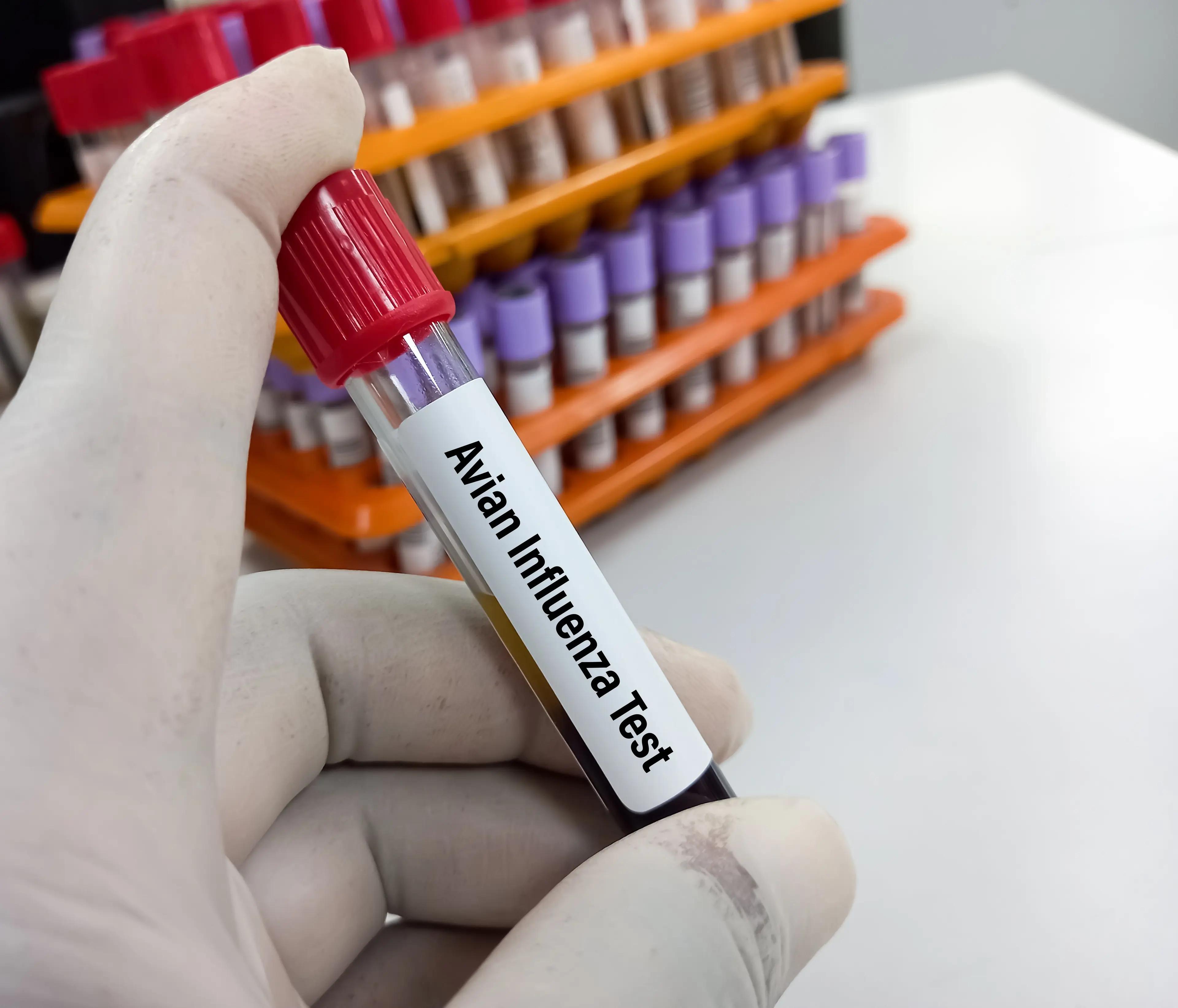New Human Case of H5N1 Bird Flu Confirmed in Missouri, CDC Reports
Despite the new human case, which is not known to be related to animal exposure, the CDC emphasizes that risk to the general public remains low.
The CDC has confirmed a new human case of avian influenza (flu, HPAI) H5N1 virus in the state of Missouri. According to the CDC, this is the fourteenth case of the virus in humans to be reported in the US this year, and it is the first case without a known occupational exposure to sick or infected animals.1
Outbreaks have previously been reported in commercial and backyard poultry flocks in the state of Missouri this year, although there have been no outbreaks reported in cattle. In the past, H5N1 bird flu was also detected in wild birds in Missouri.1 Mammals can be infected with bird flu viruses when they either consume tainted birds or are exposed to environments that have been contaminated with the viruses.2
Image credit: MdBabul | stock.adobe.com

The Missouri Department of Health and Senior Services (DHSS) reported that the patient was hospitalized for the virus and had underlying medical conditions. The patient was treated with influenza antiviral medications, and then was discharged and has since recovered. Additionally, Missouri DHSS reports that there are no ongoing transmissions among close contacts that have been identified.1
The CDC notes that although other novel flu cases have been detected through the country’s national flu surveillance system, this is the first instance in which the system detected a case of H5. This targeted H5-outbreak specific surveillance has been conducted as a part of ongoing animal outbreaks and has identified the other cases; however, in this instance, the tested patient specimen had originally tested positive for flu A and negative for seasonal flu A virus subtypes. This specific finding shows a need for additional testing, according to the CDC. The patient’s specimen is also pending further sequencing for the identification of neuraminidase (N).1
H5N1 bird flu primarily infects birds, but there are some strains that can infect unprotected humans who exposed to infected birds, animals, and livestock for a prolonged period. Symptoms of H5N1 bird flu can range from mild upper respiratory symptoms or eye infection to severe cases, which include pneumonia-like symptoms (eg, fever, muscle or body aches, headaches, fatigue, and shortness of breath or difficulty breathing) that can potentially lead to hospitalization.2,3 The CDC recommends that people with exposure to the virus—including those wearing personal protective equipment—should monitor for signs of illness for 10 days following the exposure event.3
Additionally, it is recommended that individuals can continue to practice protective actions by avoiding unprotected exposure to infected live or dead animals and contaminated surfaces; consuming raw or unpasteurized milk products and uncooked or undercooked animal products (eg, poultry meat) from animals with bird flu; avoiding contact with wild or domestic birds that appear to be ill or have died and are confirmed or suspected to have the H5N1 virus; and traveling to other countries.2,3 As of June 2024, the FDA and United States Department of Agriculture note that there is no significant safety threat to both commercial milk and dairy products due to interstate commerce pasteurization requirements.3
The CDC is continuing to closely monitor available data from influenza surveillance systems—notably in states that have been affected by the virus—but there have been no signs of unusual activity in people, Missouri DHSS notes. Despite these reports, the CDC emphasizes that the current risk of H5N1 remains low to the general public. Investigations are ongoing and updates will be released if changes in guidelines are deemed necessary.1
REFERENCES
